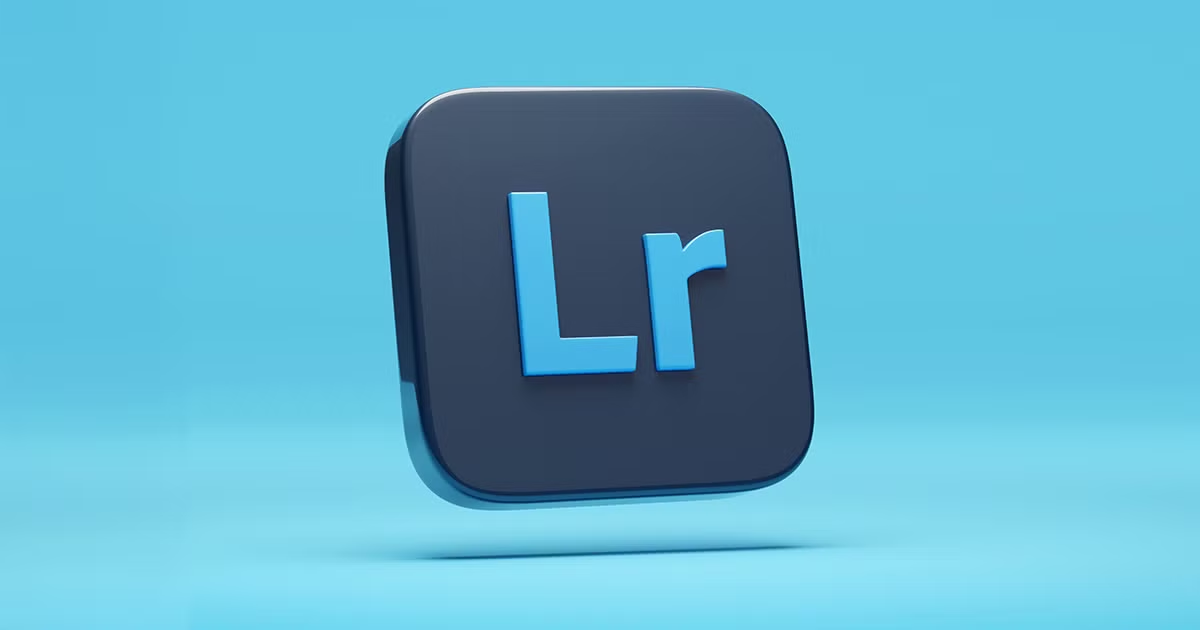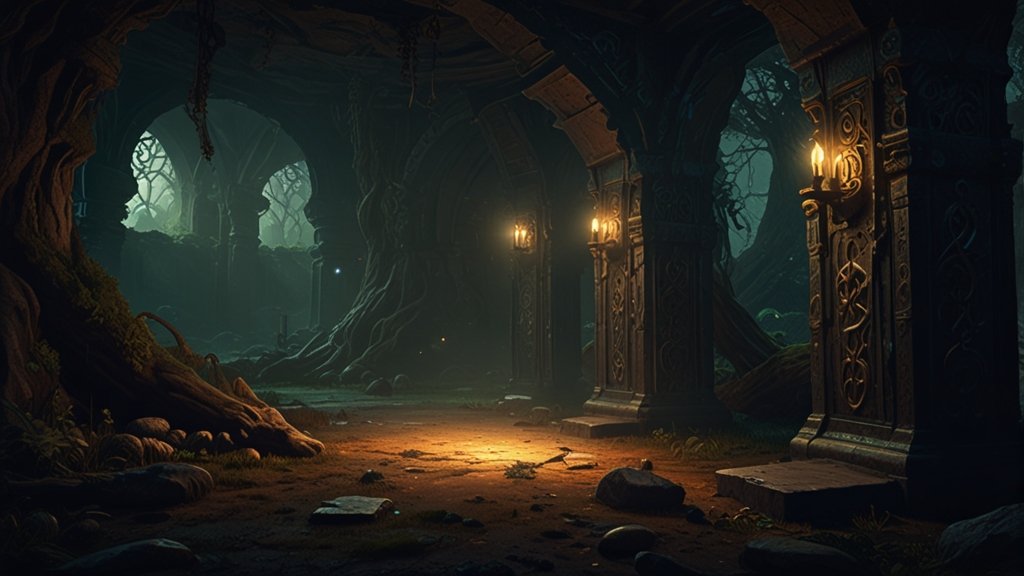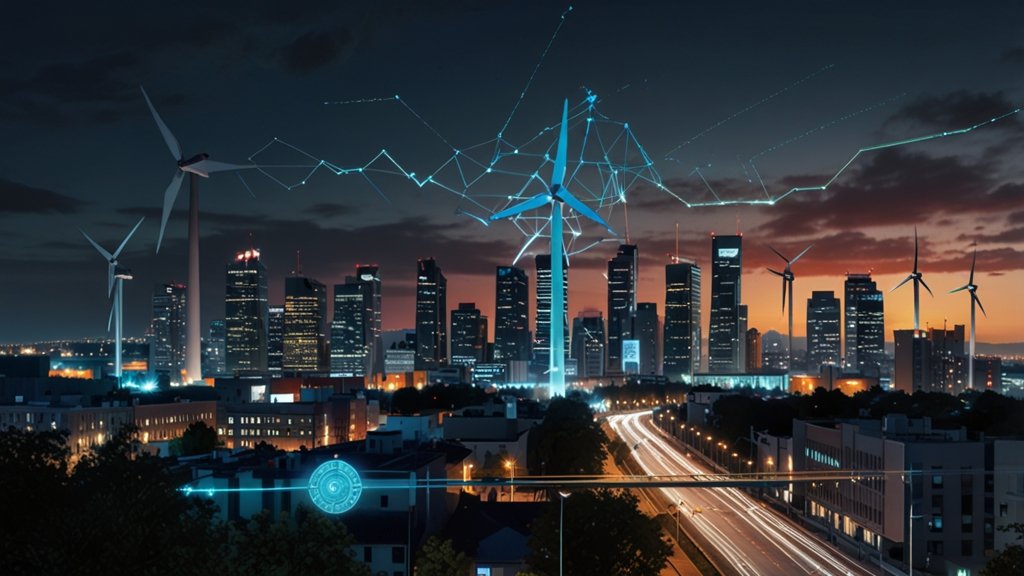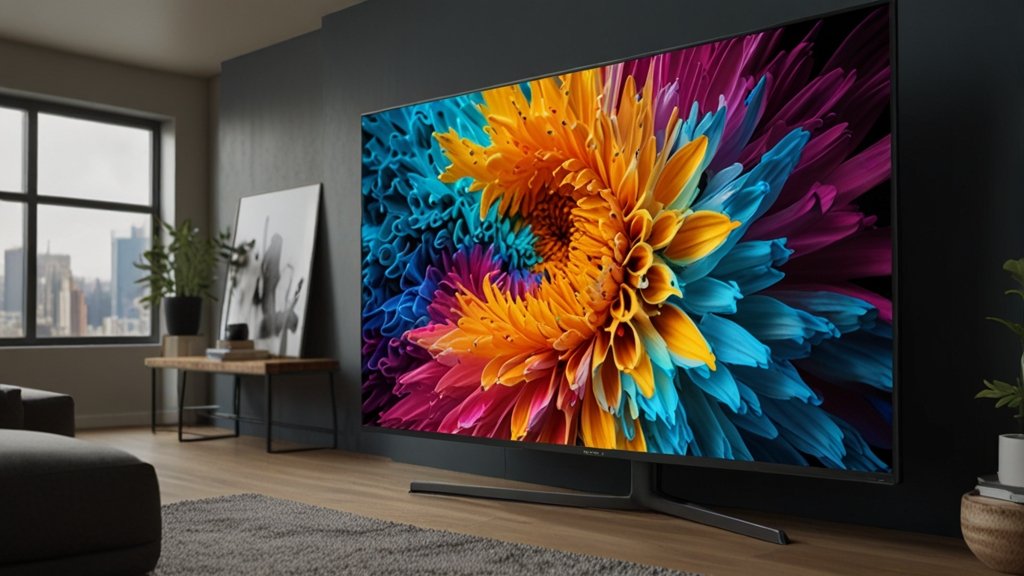Solar energy has grown rapidly in recent years, driven by the global push for cleaner, more sustainable power. Despite its increasing popularity and accessibility, many myths still surround solar panels and their performance, cost, and practicality. These misconceptions often discourage homeowners and businesses from making the switch, delaying their opportunity to benefit from solar energy. In this article, we’ll break down some of the most common myths about solar panels and explain why they’re simply not true.
Myth #1: Solar Panels Don’t Work in Cloudy or Cold Climates
One of the most persistent myths is that solar panels only work in hot, sunny environments. Many people believe that if they live in areas with frequent rain, snow, or cloudy weather, solar panels are a waste of money. Solar panel experts have spent years educating the public and correcting misinformation.
Reality: Solar panels generate electricity using sunlight, not heat. While direct sunlight results in the most efficient energy production, panels still generate power on cloudy days thanks to diffused sunlight. Some solar panels are more efficient in cooler temperatures. Germany, a country known for overcast weather, is a global leader in solar energy adoption.
Myth #2: Solar Panels Are Too Expensive for the Average Homeowner
It’s a common assumption that solar panels are a luxury only the wealthy can afford. Many homeowners dismiss solar because they think the upfront investment is out of their financial reach.
Reality: The cost of solar panels has dropped significantly over the past decade. In many regions, there are government incentives, tax credits, and rebates that reduce the initial expense dramatically. Plus, there are financing options such as solar loans, leases, and power purchase agreements (PPAs) that allow homeowners to install panels with little to no upfront cost. In the long run, the savings on electricity bills often outweigh the initial investment.
Myth #3: Solar Panels Require Too Much Maintenance
Some believe that maintaining a solar energy system is complex and costly, requiring frequent cleanings and repairs.
Reality: Solar panels are built to withstand harsh weather and require very little maintenance. Most systems are designed to last 25–30 years with minimal servicing. An occasional cleaning and an annual inspection are usually enough to keep the system running efficiently. Many manufacturers also offer long-term warranties that cover any defects or performance issues.
Myth #4: You’ll Still Lose Power During a Blackout
This myth arises from the assumption that solar panels alone can keep your home powered during grid outages.
Reality: Traditional solar panel systems are tied to the electrical grid, meaning they will automatically shut off during a blackout to protect utility workers from electrocution. However, solar systems with battery storage can provide backup power during outages. If energy independence is your goal, a solar-plus-storage system is the solution.
Myth #5: Solar Panels Will Damage Your Roof
Some homeowners worry that installing solar panels will lead to roof leaks, structural issues, or other damage.
Reality: When installed by licensed professionals, solar panels can protect your roof. Mounting systems are designed to be secure and weather-resistant. In many cases, panels act as a barrier against the sun, rain, and debris, extending the life of your roofing material. Plus, reputable installers offer warranties that cover potential damage.
Myth #6: Solar Panels Don’t Add Value to Your Home
There’s a belief that solar panels might not increase—or could even decrease—your home’s resale value because future buyers won’t want the hassle.
Reality: Numerous studies have shown that homes with solar panels sell faster and at higher prices than those without. Buyers are often willing to pay a premium for a home that offers lower utility bills and environmentally friendly features. The key is to ensure that the panels are owned (not leased), which makes the property more appealing.
Myth #7: You Need a South-Facing Roof to Benefit from Solar
Orientation is important, but many assume that if their roof doesn’t face south, solar panels won’t work effectively.
Reality: While a south-facing roof is optimal in the Northern Hemisphere, solar panels can still be highly efficient on east- or west-facing roofs. With modern technology, installers can design systems that maximize sunlight capture regardless of roof orientation. In some cases, ground-mounted solar systems or panel tilting solutions can be used to optimize performance.
Myth #8: Solar Technology Isn’t Ready Yet
Some skeptics argue that we should wait for better or cheaper technology before investing in solar.
Reality: Solar technology is already highly advanced, reliable, and efficient. Waiting for a “perfect” moment could mean missing out on years of energy savings and environmental benefits. Current systems already provide significant cost savings and environmental impact reduction. Plus, installing solar now locks in your savings and allows you to take advantage of existing tax credits and incentives.
Conclusion: Trust the Experts, Not the Myths
Misconceptions about solar energy are often fueled by outdated information, misinformation, or simple misunderstandings. Solar panel experts agree—don’t let these myths deter you from switching to clean, renewable energy. With today’s technology, financing options, and professional installation services, solar power is more accessible and beneficial than ever.
If you’re considering going solar, speak with a certified provider, ask for a custom assessment, and explore your options. You’ll not only save money over time but also contribute to a greener, more sustainable future.











